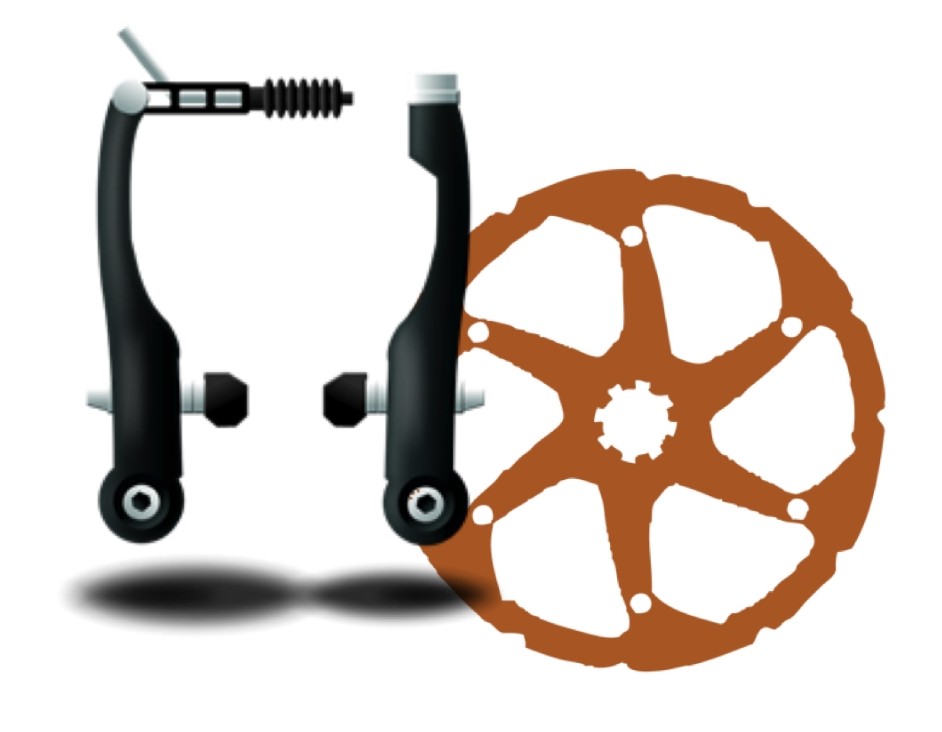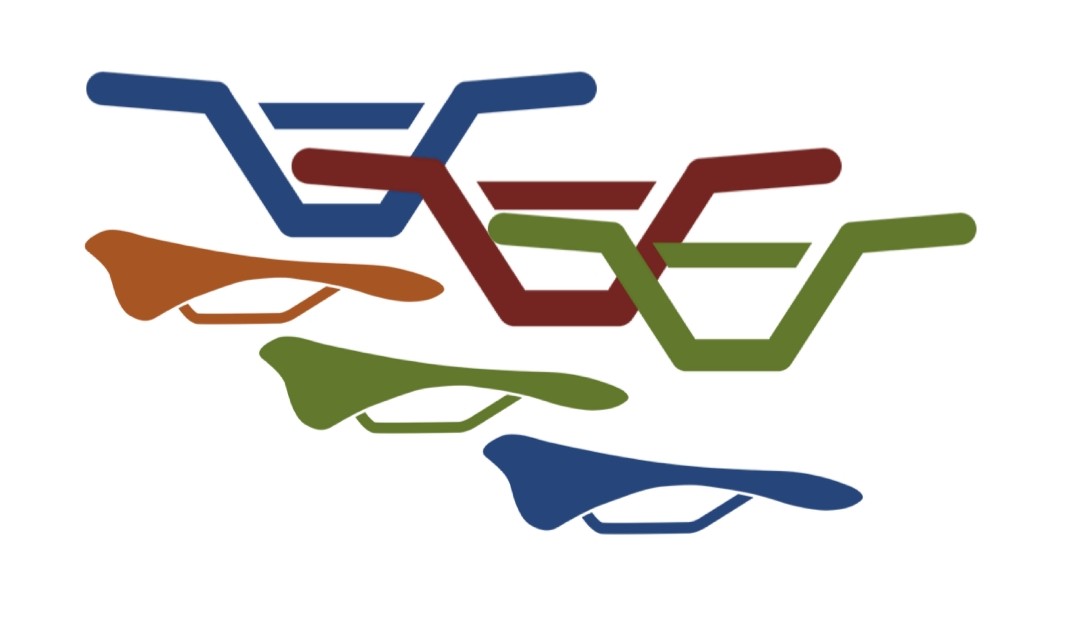Is Your Bike Safe to Ride?

Before any training session or race, it is important to ensure your bike is in good working order. You will learn more about this during the development programme as part of your progression, but if you are already cycling, you should be able to do a basic inspection of your bike and check everything is in working order.
We have put together a very simple checklist of items for you to go over, but do also visit the BC website for details about the very simple “M Check” routine that is very useful to ensure a systematic check of your bike’s working order before you set out.

Brakes & Headset
Check that the brakes actually work and are properly adjusted – when the brakes are fully on the lever should have been pulled approximately half way to the handlebars
Check that the brake levers are securely attached and the cables are not frayed
The brake pads should not be excessively worn and there should be at least 1mm between the pad and the rim
Check adjustment of headset by engaging front brake and seeing if there is any rocking movement when gently pushing on the handlebars – there should be no movement

Chain & Gears
Check that the chain is lubricated properly, and is not slack or rusty.
Check that the gears are properly adjusted, lubricated and cables are not frayed.

Pedals, Cranks, Bottom Brackets
Check that there is no movement in the bottom bracket or cranks by holding one crank still and trying to move the other crank. There should not be any movement.
Check that the pedals rotate freely.

Check to see if either are loose, but do not use undue force.
Check saddle is straight.
Saddle height – cyclist’s knee should be slightly bent when they have the ball of their foot on the pedal, and the pedal is at its lowest point.
Handlebars and stem should be straight and in line.
Handlebars should have end plugs.

The wheels should run freely, with no excessive wobbles/buckles.
Check for loose spokes by running your hand over the spokes.
Tyres should be inflated to a reasonable pressure – manufacturers recommendations will be indicated on side wall of tyre.
The tread should not be excessively worn and the tyres should have no splits, cracks or holes.

Check for damaged/bent frame and forks – if there is visible distortion the bicycle should not be used.
Bolts and quick release mechanisms should be securely tightened.